Queen Elizabeth II longest reign: What are the Imperial State Crown, orb and sceptre used at Coronation?
Queen Elizabeth will mark surpassing Queen Victoria as Britain's longest reigning monarch in muted fashion on Wednesday 9 September when she presses on with royal engagements in Scotland.
The Queen will officially open the new Scottish Border Railway before convening with members of the Royal Family at Balmoral, her residence north of the border. The celebrations will be in stark contrast to the ceremony and pomp of her Coronation in 1953, an event beamed across the world in the first global telecast.
On that day, the 25-year-old Queen walked down the Westminster Abbey aisle draped in centuries of historic gems and royal regalia including the St Edward's Crown and the Imperial Crown. But what other significant coronation accessories featured on the day?

Gown
Eight months in the making, the Queen's gown featured floral emblems of United Kingdom nations as well as those of other states within the Commonwealth of Nations. It included: the English Tudor rose, Scots thistle, Welsh leek, Irish shamrock, Canadian maple leaf, Australian wattle, New Zealand silver fern, South African protea, lotus flowers for India and Ceylon, and Pakistan's wheat, cotton, and jute. It was designed by Norman Hartnell and made of satin and silk from Lady Hart Dyke's silk farm at Lullingstone Castle.
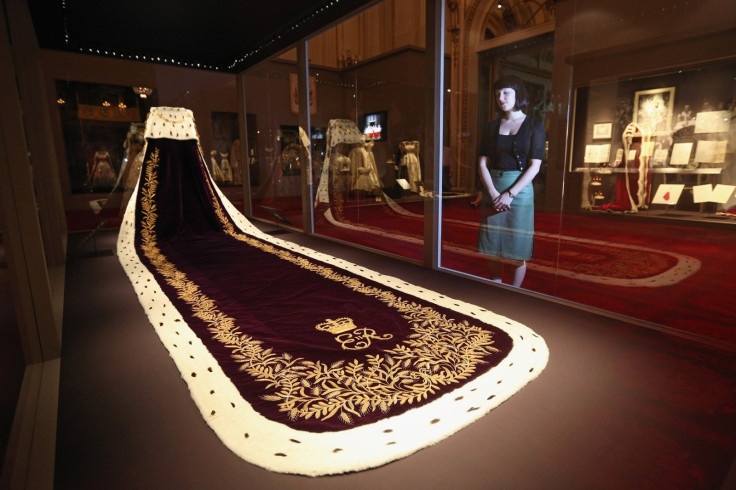
Robe
The coronation robes featured precious materials including silk, mantua, satin, damask, sarsnet, cloth-of-gold and ermine. It was made by London's Ede & Ravenscroft, robemakers to the Sovereigns since 1689. Her Majesty's robe followed the strict design guidelines of previous coronations: " A six yard train in best quality handmade purple silk velvet, trimmed with best quality Canadian ermine 5" on top and underside and fully lined with pure silk English Satin, complete with ermine cape and all being tailed ermine in the traditional manner, and including embroidery by the Royal School of Needlework."
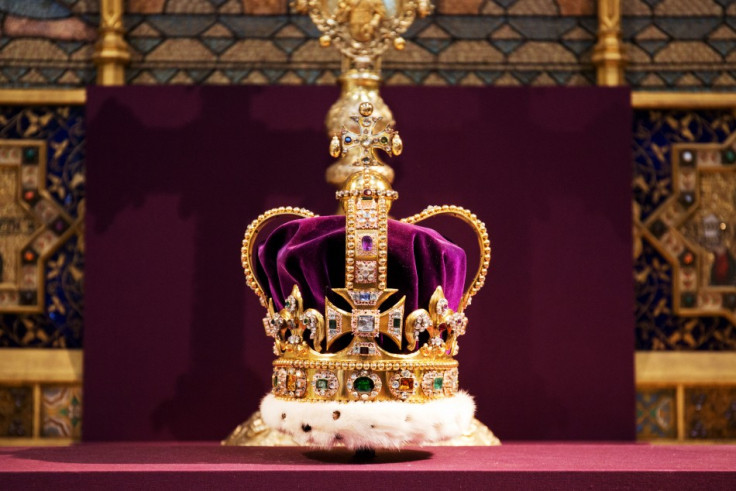
St Edward's Crown
The principal piece of the regalia. The crown is what new Sovereigns are actually adorned with by the Archbishop of Canterbury during the coronation ceremony. It is made of gold and decorated with gem stones, including sapphires, tourmalines, amethysts, topazes and citrines, and weighs a neck-creaking 2.23kg. It was part of the new a new set of regalia was completed for Charles II's coronation on St George's Day (23 April 1661) and cost the princely sum of almost £13,000. Not to be confused with...
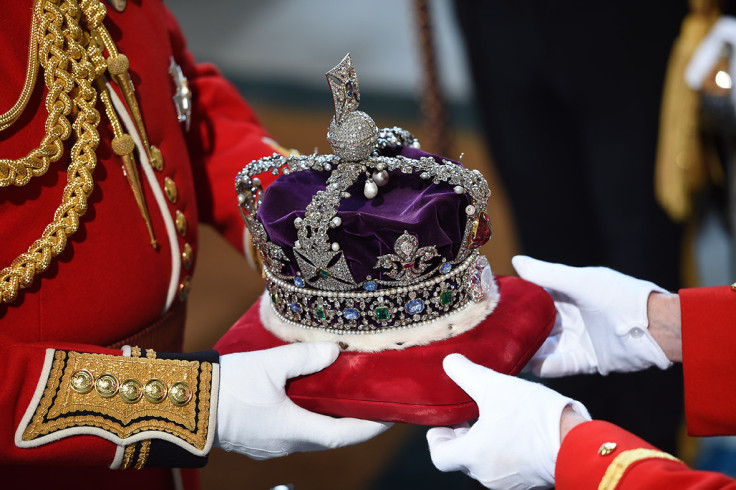
The Imperial State Crown
Set with 2,868 diamonds in silver mounts, the Imperial State Crown is the most famous piece of regalia. It has 17 sapphires, 11 emeralds and 269 pearls while at the front of the crown is the 317.4 carat Second Star of Africa - the second largest stone cut from the celebrated Cullinan Diamond. It has been redesigned on a number of occasions since the 17<sup>th century, most recently for Queen Victoria in 1838, and is the crown the Queen wears for the state opening of parliament.
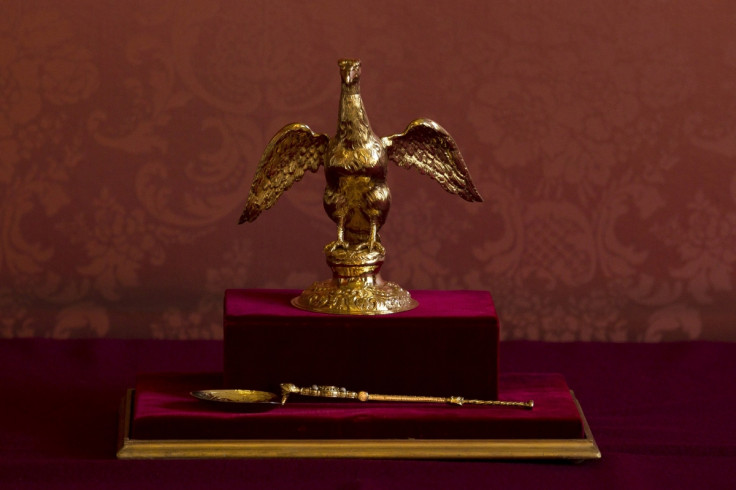
The Ampulla and Anointing Spoon
The Ampulla and Anointing Spoon are two of the oldest pieces used in a coronation. The Ampulla, which is in the form of an eagle, contains the oil with which the Archbishop of Canterbury anoints the Sovereign. The head unscrews to store the oil which is poured out through the beak. The date of the body of the eagle is said to be around the fourteenth century and is believed to have been used for the Coronation of Henry IV in 1399. The silver gilt Spoon into which the oil is poured is believed to date from the 12th century.
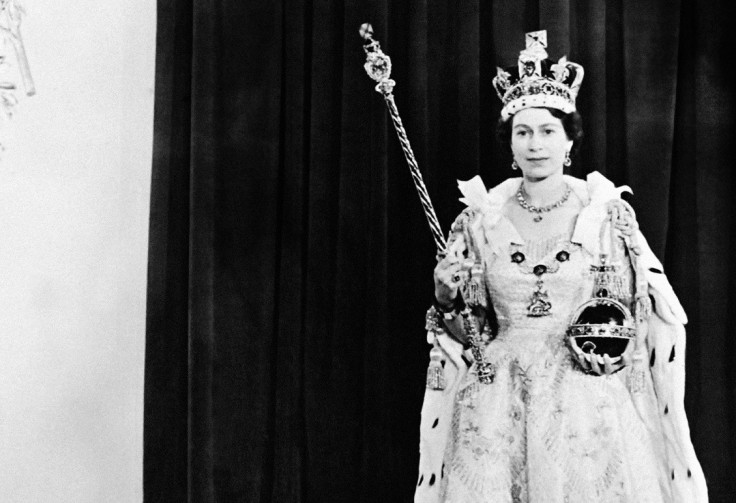
Orb and septre
The Sovereign's Orb, seen above in the Queen's left hand, represents "Christ's dominion over the world". It was made for Charles II's coronation at a total cost of £1,150. The Sovereign's sceptre was set with the First Star of Africa in 1910 and represents the monarch's "temporal power under God". They are now preserved at the Tower of London.

The Sword of Offering
The design of the sword was suggested by George IV and paid for out of the privy purse at a cost of £5,988. It was first used as a Sword of Offering in his coronation ceremony in 1821. During the Queen's coronation service she was invested with it and the Imperial Mantle of cloth-of-gold, to place on the altar.
Do you remember the Queen's coronation? E-mail your memories of the day to editorial@ibtimes.co.uk
© Copyright IBTimes 2025. All rights reserved.






















